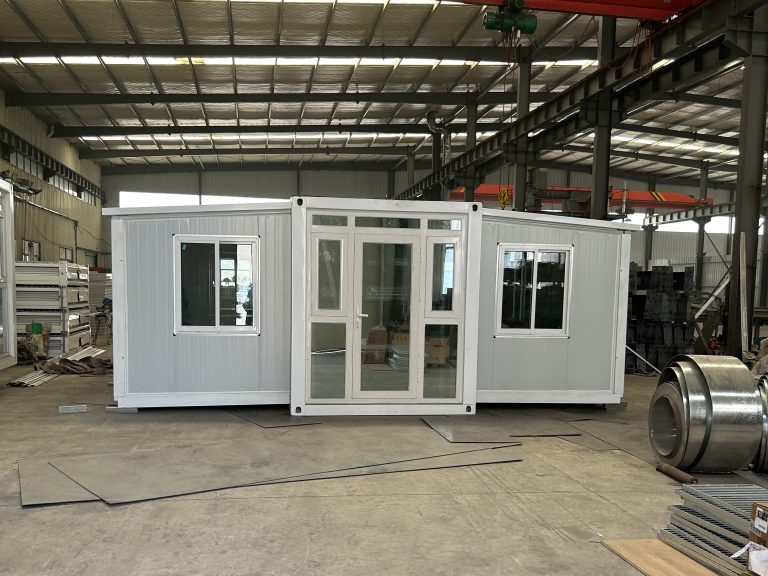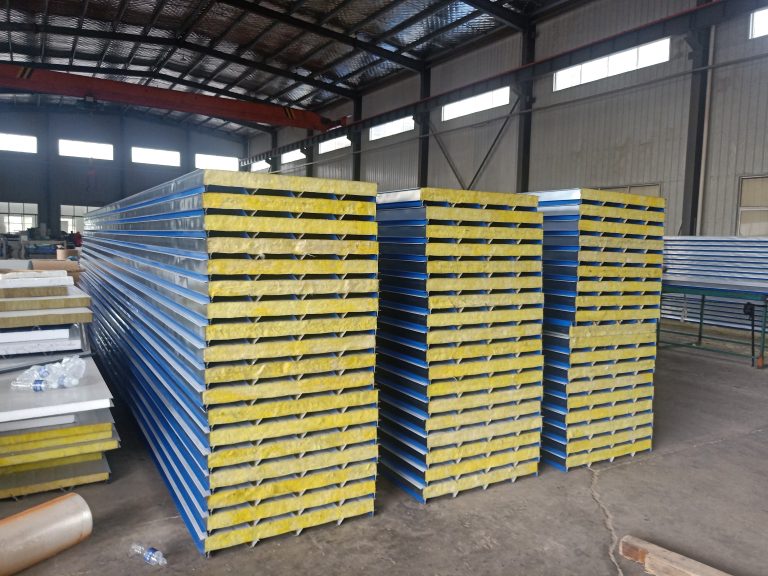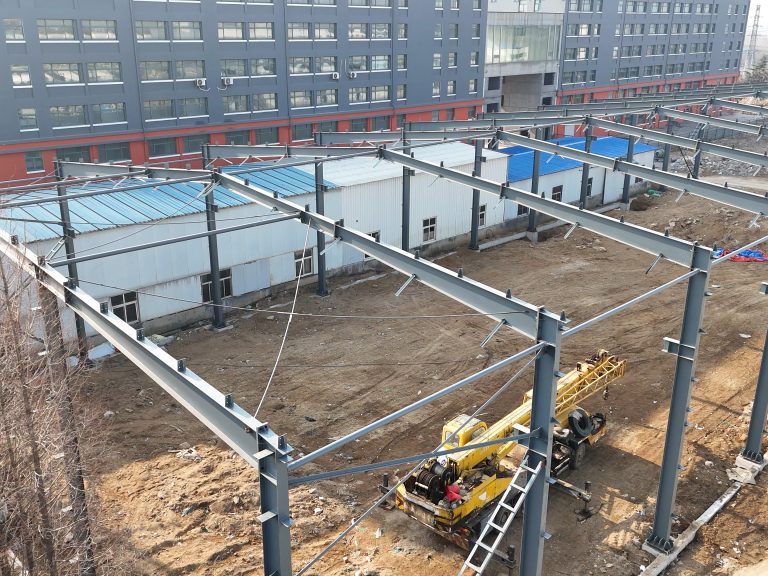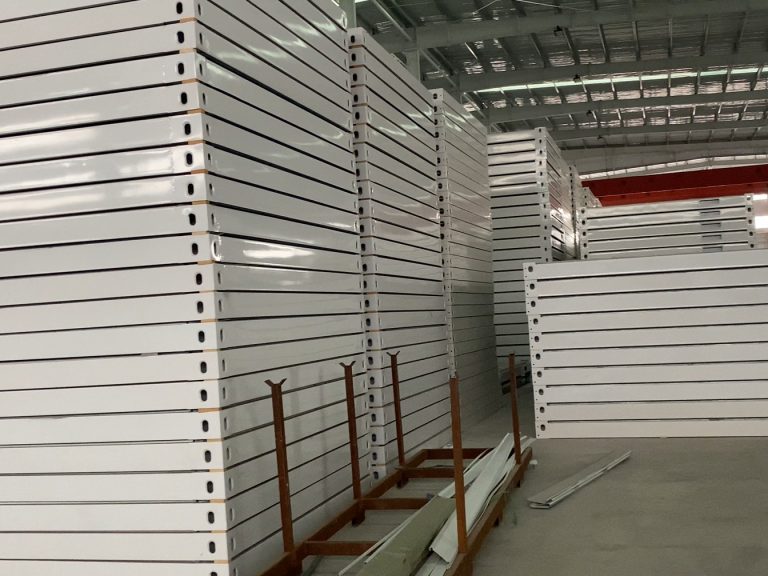Table of Contents
Innovative Steel Structure Designs for Modern Architectural Aesthetics
Steel structure design has played a significant role in shaping the modern architectural landscape. The use of steel in construction has revolutionized the way buildings are designed and constructed, allowing architects to create innovative and visually stunning structures that were once thought impossible. The versatility and strength of steel have made it a popular choice for architects looking to push the boundaries of design and create buildings that are not only functional but also aesthetically pleasing.
One of the key contributions of steel structure design to architectural aesthetics is its ability to create open and airy spaces. Steel beams and columns can span large distances without the need for supporting walls or columns, allowing architects to design buildings with expansive, light-filled interiors. This has led to the creation of iconic structures such as the Sydney Opera House and the Guggenheim Museum in Bilbao, which feature large, open spaces that would not have been possible without the use of steel.
In addition to creating open spaces, steel structure design also allows architects to experiment with new forms and shapes. The strength and flexibility of steel make it possible to create buildings with unique and unconventional designs, such as the twisting, curving forms of the Burj Khalifa in Dubai or the cantilevered balconies of the Marina Bay Sands in Singapore. These innovative designs have helped to redefine the boundaries of what is possible in architecture and have inspired a new generation of architects to push the limits of design.

Another benefit of steel structure design is its ability to create buildings that are both durable and sustainable. Steel is a highly durable material that can withstand extreme weather conditions and seismic activity, making it an ideal choice for buildings in areas prone to natural disasters. Additionally, steel is a recyclable material that can be reused and repurposed, making it a sustainable choice for environmentally conscious architects.
The use of steel in construction has also had a significant impact on the cost and efficiency of building projects. Steel structures can be prefabricated off-site and assembled quickly on-site, reducing construction time and labor costs. This has made steel an attractive option for developers looking to build quickly and cost-effectively, without sacrificing design quality.
Overall, the contribution of steel structure design to architectural aesthetics cannot be overstated. The versatility, strength, and sustainability of steel have allowed architects to create buildings that are not only visually stunning but also functional and durable. From iconic landmarks to innovative new designs, steel has become an essential tool for architects looking to push the boundaries of design and create buildings that inspire and delight. As technology continues to advance and new materials and construction techniques are developed, it is clear that steel will continue to play a vital role in shaping the future of architecture and design.
Incorporating Steel Elements for Sleek and Contemporary Architectural Styles
Steel structure design has played a significant role in shaping the modern architectural landscape, offering architects and designers a versatile and durable material to create sleek and contemporary buildings. The use of steel elements in architectural design has not only improved the structural integrity of buildings but has also contributed to enhancing their aesthetic appeal.
One of the key advantages of incorporating steel elements in architectural design is the material’s strength and durability. Steel is known for its high tensile strength, which allows architects to create buildings with larger open spaces and thinner structural elements. This flexibility in design has enabled architects to push the boundaries of traditional building forms and create innovative and visually striking structures.
In addition to its strength, steel is also a highly versatile material that can be easily manipulated and shaped to create intricate and complex designs. This flexibility in design allows architects to experiment with different shapes, angles, and forms, resulting in buildings that are not only structurally sound but also visually captivating. The use of steel elements in architectural design has enabled architects to create buildings with unique and dynamic facades that stand out in the urban landscape.
Furthermore, steel’s sleek and modern aesthetic has made it a popular choice for architects looking to create contemporary buildings. The clean lines and smooth surfaces of steel structures give buildings a minimalist and industrial look that is both timeless and sophisticated. Steel’s ability to be finished in a variety of ways, such as painting, powder coating, or galvanizing, allows architects to customize the appearance of buildings to suit their design vision.
Another benefit of incorporating steel elements in architectural design is the material’s sustainability. Steel is a highly recyclable material that can be reused multiple times without losing its strength or quality. This makes steel an environmentally friendly choice for architects looking to create sustainable buildings that have a minimal impact on the environment. Additionally, steel structures are known for their longevity and low maintenance requirements, making them a cost-effective and sustainable building solution.
The use of steel elements in architectural design has also revolutionized the construction industry by allowing for faster and more efficient building processes. Steel structures can be prefabricated off-site and assembled on-site, reducing construction time and labor costs. This prefabrication process also results in less waste and disruption to the surrounding environment, making steel structures a more sustainable building option.
In conclusion, the contribution of steel structure design in improving architectural aesthetics cannot be understated. Steel’s strength, versatility, sustainability, and efficiency have made it a popular choice for architects looking to create sleek and contemporary buildings that push the boundaries of traditional design. The use of steel elements in architectural design has not only improved the structural integrity of buildings but has also enhanced their aesthetic appeal, resulting in buildings that are both visually striking and environmentally friendly. As architects continue to push the boundaries of design, steel will undoubtedly play a crucial role in shaping the future of architecture.







